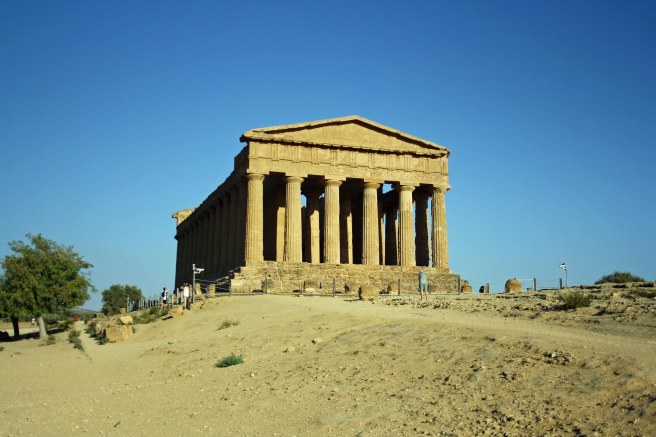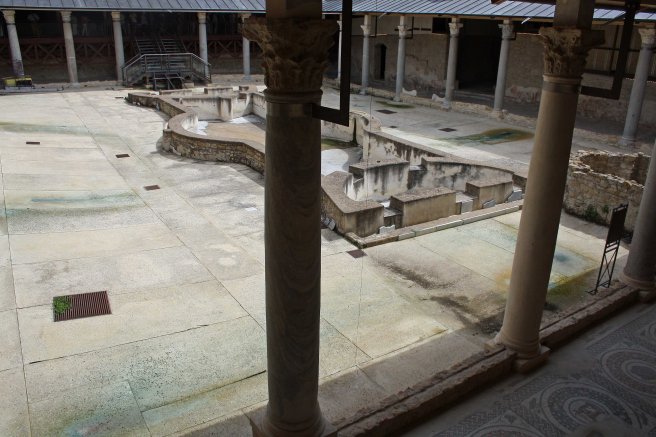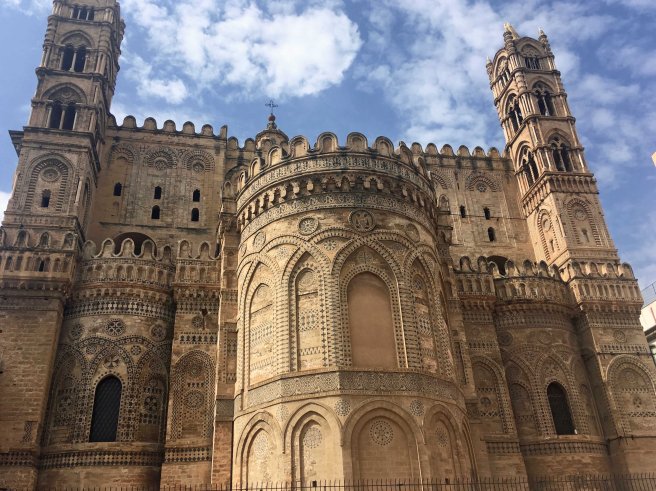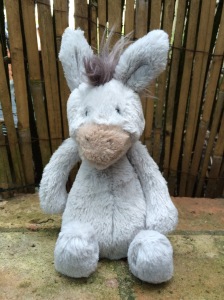DonQui not only loves his food and drink, he is also a bit of a history fanatic, particularly when it comes to the ancient Greeks and Romans.

Fortunately for him the Greeks and Romans left lots of stuff behind in Sicily. The Arabs and Normans also left their marks. There are even a few traces of the Carthaginians which is pretty rare as the Romans did their best to eradicate everything Carthaginian they came across.

In Marsala (ancient Lilybaeum) there are traces of the early Carthaginian city. This probably looks like a pile of old rocks to most people but DonQui gets quite excited by it.

He is also fascinated by the salt pans which have been in operation (with a few breaks) since Carthaginian times. The salt is still harvested by hand.

Three magnificent Greek Doric temples still proudly stand at Agrigento (Greek Akragas, Roman Agrigentum). The beauty of their perfect architectural design takes DonQui’s breath away.
While appreciating their beauty DonQui spares a thought for the 25,000 enslaved Carthaginian prisoners of war who were put to work building the so-called Temple of Juno (Juno being a Roman goddess) circa 450 BC . It is hardly surprising that newly victorious Carthaginians did their best to destroy it half a century later.

The temple of Concordia is still pretty well intact thanks to the fact that it was converted into a Christian church in the 6th century AD

Parts of the Roman city walls are also still standing. Carved into them are Christian tombs from the 5th-6th centuries AD when Agrigentum was controlled variously by the Romans, Vandals and Goths.

Some way inland lies the 3rd – 4th Century Roman villa at Piazza Armerina. It is utterly stunning in its scale and in the beauty of the incredible floor mosaics.




DonQui has seen photographs of some of the mosaics before but nothing compares to seeing them in-situ.

The Normans came to Sicily to drive out the Arabs in the 9th century AD, more or less at the same time as they took over England.

The Norman conquerors of Sicily employed Arab and East Roman craftsmen to build some magnificent churches incorporating Arabesque features in the architecture along with Roman mosaics to rival Ravenna and Constantinople.

The ancient Greek City of Syracuse rivalled Athens in the 5th century BC. Its strong defensive position on a small island allowed the city to fend off many invaders over the centuries. Not much remains of classical Syracuse but wandering around the narrow streets, DonQui gets a sense of the ancient city.

Plunging underground he is able to explore the foundations of the Greek city below modern Syracuse. Trotting around the dimly lit, deserted underground passages, he feels a little bit like Theseus descending into the Labyrinth.
